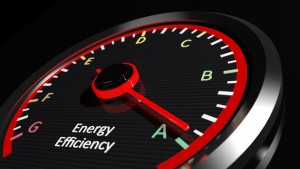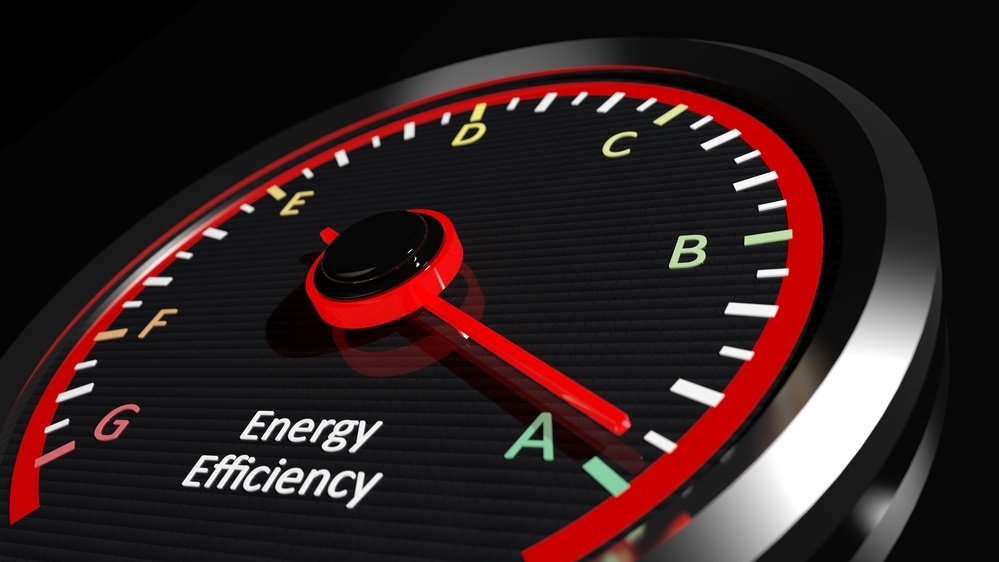If you’ve been considering taking steps toward making your commercial building more energy efficient but are still  on the fence, maybe it’s time to consider some of the financing programs that can be a big benefit to your goals.
on the fence, maybe it’s time to consider some of the financing programs that can be a big benefit to your goals.
Take a look at some of the benefits and financial programs available:
– State and local governments can issue debt in the form of public bonds, which fall into two categories: tax liability and security bonds. Tax liability bonds include tax-exempt bonds, private activity bonds, and taxable bonds and security bonds include general obligation bonds, revenue bonds, and asset-backed bonds. There is also a bond available known as the Qualified Energy Conservation Bond, or the QECB. The QECB is a bond that allows qualified state, tribal, and local government issuers to borrow money at great rates to fund energy conservation projects. This is one of the lowest-cost public financing tools because the U.S. Department of the Treasury subsidizes the issuer’s borrowing cost.
– Loan Loss Reserves is a type of credit enhancement that can support clean energy finance mechanisms. A credit enhancement is anything that can improve the chances of repaid financing. Loan Loss Reserves are used by state and local governments to provide partial risk coverage to lenders. This means the reserve will cover a pre-specified amount of loan losses. These can be used in any market, from the residential market to the commercial market to nonprofit lending.
– Leases are contracts allowing an entity to obtain the use or purchase of equipment or real estate. Leasing improvements that are energy-related is very common and cost-effective for local governments to finance upgrades and use the savings to pay for the cost of financing. While leases typically have higher rates than bond financing, they are faster and a more flexible tool than bond financing.
There are several types of tax-exempt lease arrangements available including the tax-exempt lease-purchase agreement, private-placement agreements and certificates of participation. The tax-exempt lease-purchase arrangement is the most commonly used lease arrangements by local and state governments. Advantages of taking the lease arrangement route to financing a commercial building include voter approvals typically not required, flexible terms, short development time, and lowers costs. Some disadvantages of this finance option are higher interest rates than bonds and reserve fund and capitalized interest are typically required.
– The last financing option available is a loan. There are financial institution loans used for clean energy projects that are service through an entity other than the government, usually a bank. The state or local government is not the administrator, but can still play a role through credit enhancement discussed earlier or providing capital for the loan, sometimes both. There are also Revolving Loan Funds, which are pools of capital from which loans are made for clean energy projects. When the loans are repaid, the capital is re-loaned for another project. These are great because they are sources of capital that are recycled over and over for new future projects, given that the defaults are low.
There are two types of Revolving Loan Funds: internal and external. Internal revolving loan funds start with a fixed pool of internal funds to pay for the desired projects and money is lent to specific projects internally, then some or all of the savings are repaid. External revolving loan funds are government-sponsored. These revolving loan funds usually offer lower interest rates and more flexible terms than commercial capital markets offer.
As with anything, there are advantages and disadvantages to each. Some advantages of a revolving loan fund are that they are simple to set up compared to other options, expertise may exist in-house because many cities and states already have them available, cheap, available long-term, and can have no interest. Disadvantages include that the government acts as an administrator, capital needed to start a fund, the time it takes to revolved is slower with longer loan terms, and a credit analysis on the borrower’s ability to pay must be conducted before approved.
For more information on these programs, visit Energy Star’s website here.
While these are several of the financing options available for commercial building energy efficiency projects, there are numerous other financing options that we help our clients secure. While considering an energy efficiency upgrade for your facility you can count on Smith-Boughan Mechanical Services to help you every step of the way. Download our guide today for great information on how to get your building ENERGY STAR certified.

